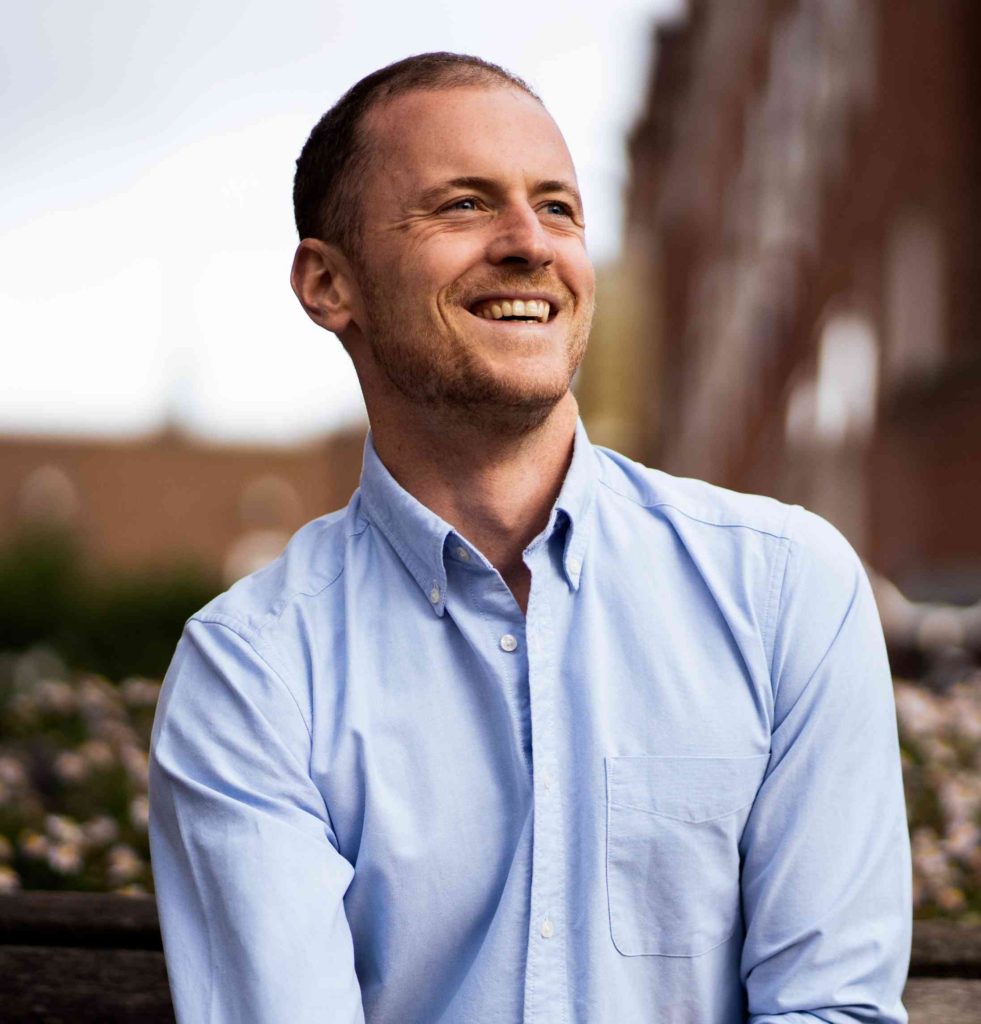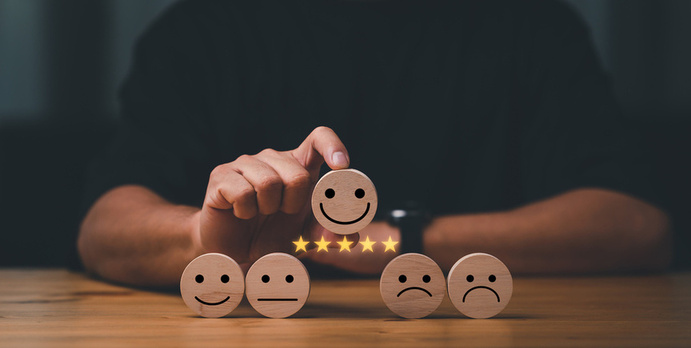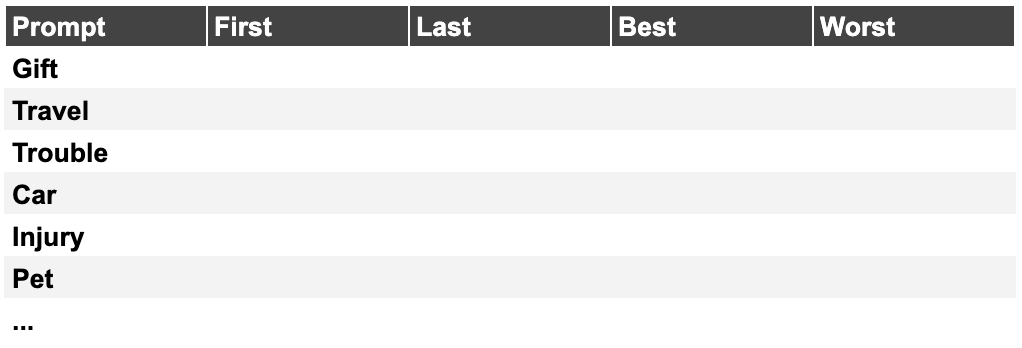Let me give you two examples to show that lesson:
First example:
“On that day, very surprisingly I lost my job.”
—> You’d be like “Cool. Whatever”, right?
Second example:
“That day, I walk into my manager’s office. It’s a very cold office. No decorations on the wall. No natural sunlight. He points at the seat and asks me to sit down. In my head, I’m thinking, ‘This is weird. Why does he want me to sit down? He has never asked me to sit down.’
He then says: “Philipp, Look, aahmm. I like working with you. You’re a great person, but, aahmmm. [Pause], our investors asked us to be leaner.” [Pause].
Me: “Wait. What do you mean? Leaner? What are you talking about?”
Him: “Philipp, we’ve got to let you go.”
See the difference between the two examples?
The result is the same, but the second example brings us into the physical moment.
Lesson #2: Bring your listeners into the scene.
Scenes are the physical locations where your story takes place.
The first scene could be you in your manager’s office.
The next scene could be you in the bathroom, crying.
The third scene could be you, standing in the rain in front of the office.
In each of the scenes, describe the details – the color, sights, sounds, smells, and the dialogue that bring stories to life. The more details you give, the more memorable your story will be.
Scenes and emotions are very powerful if you already have a story, but a lot of people struggle having the right story. So, let’s fix that.



